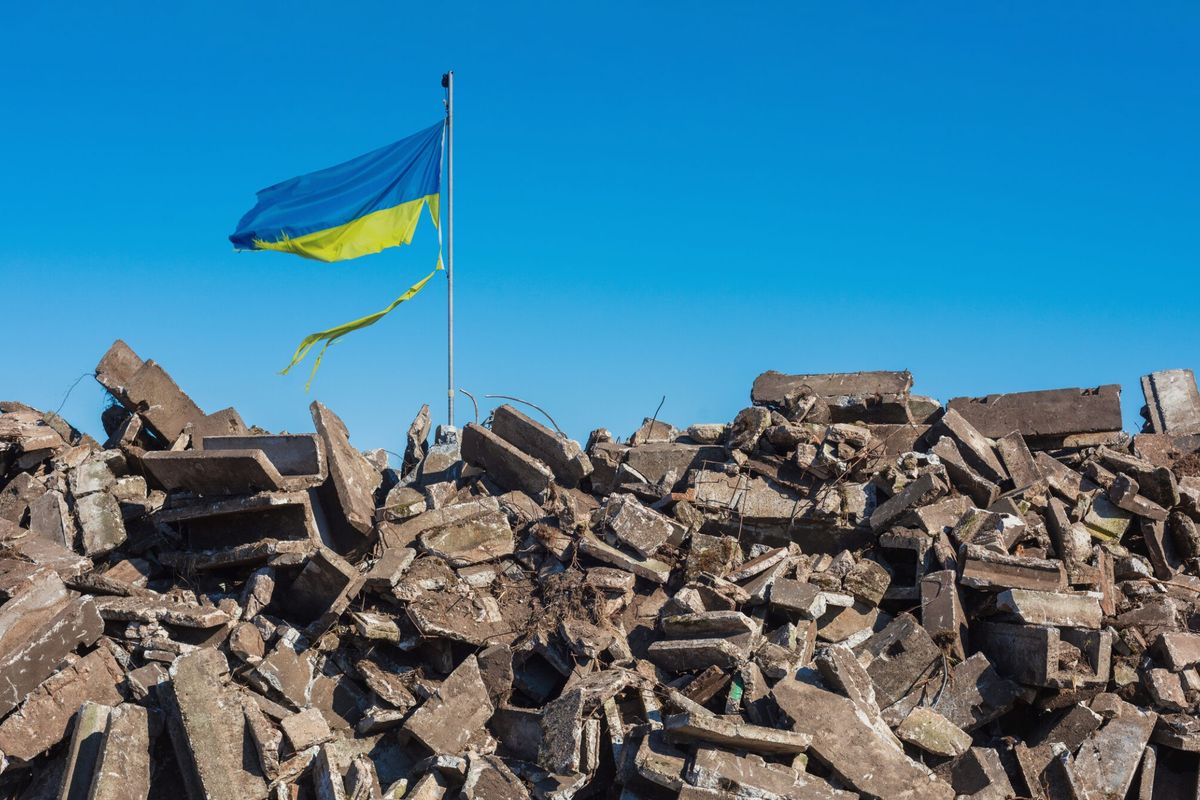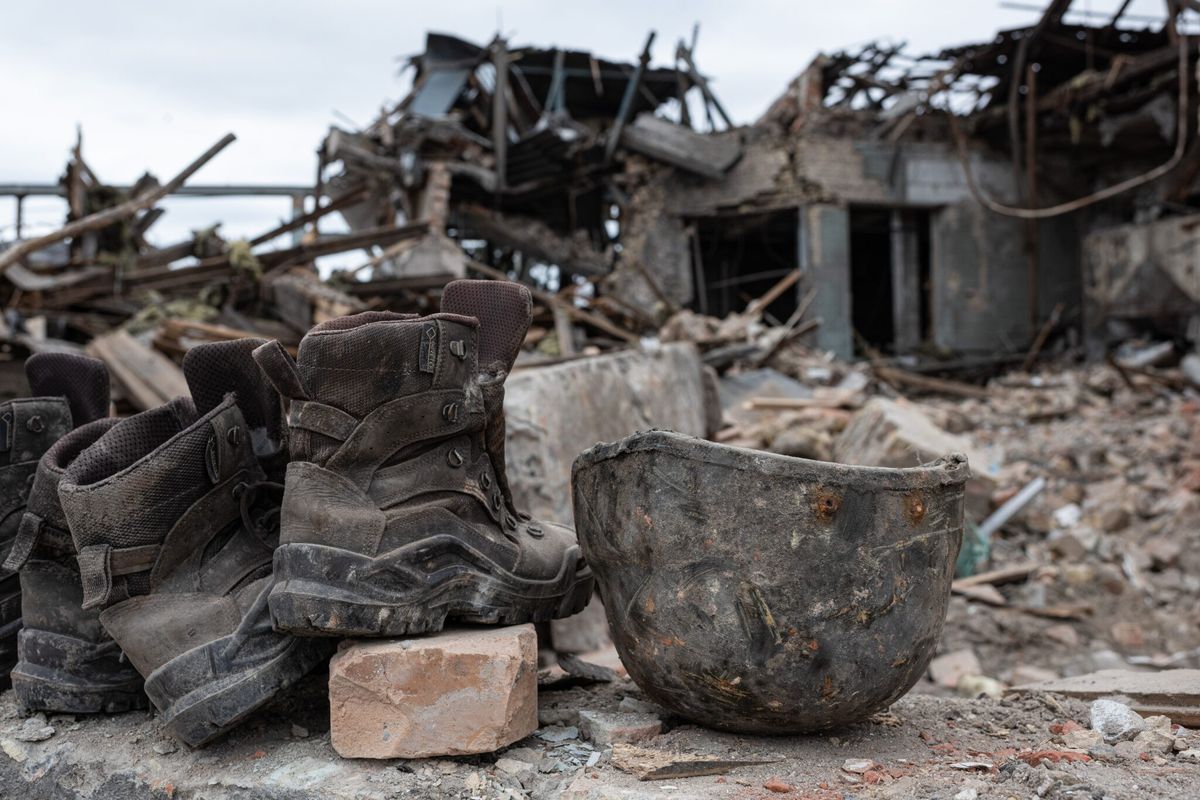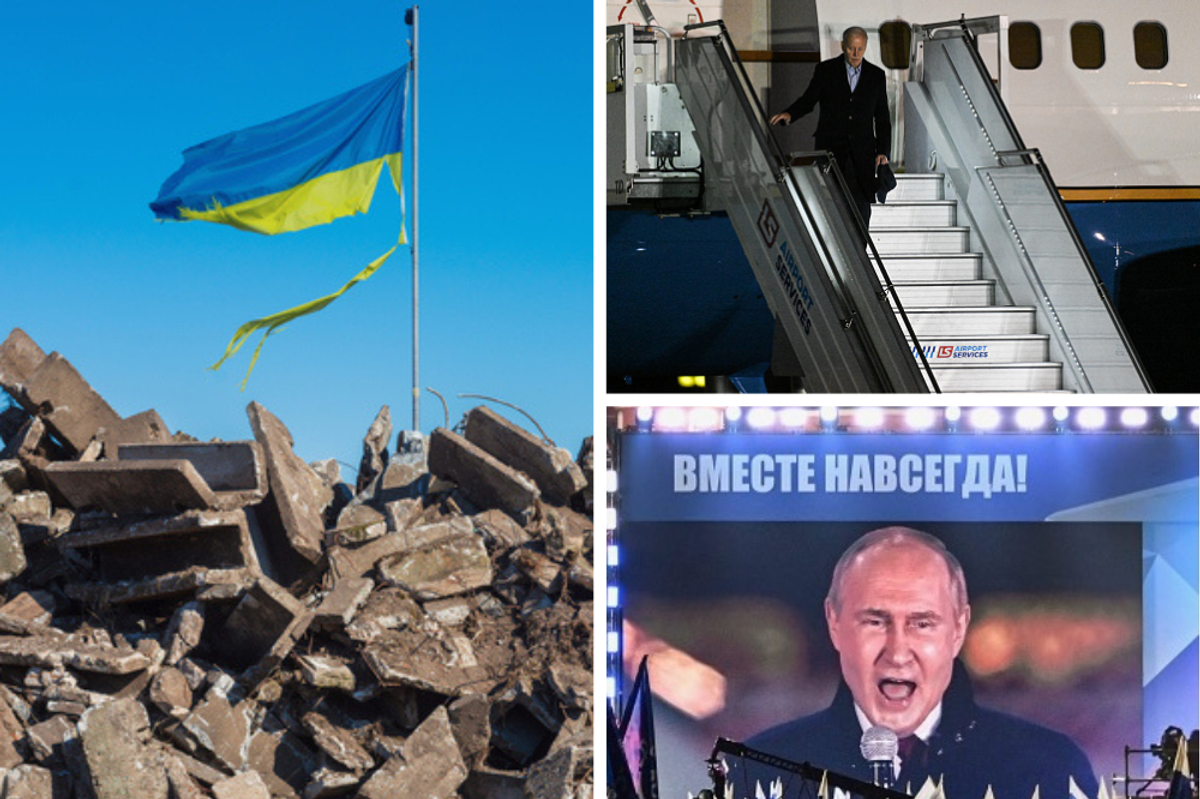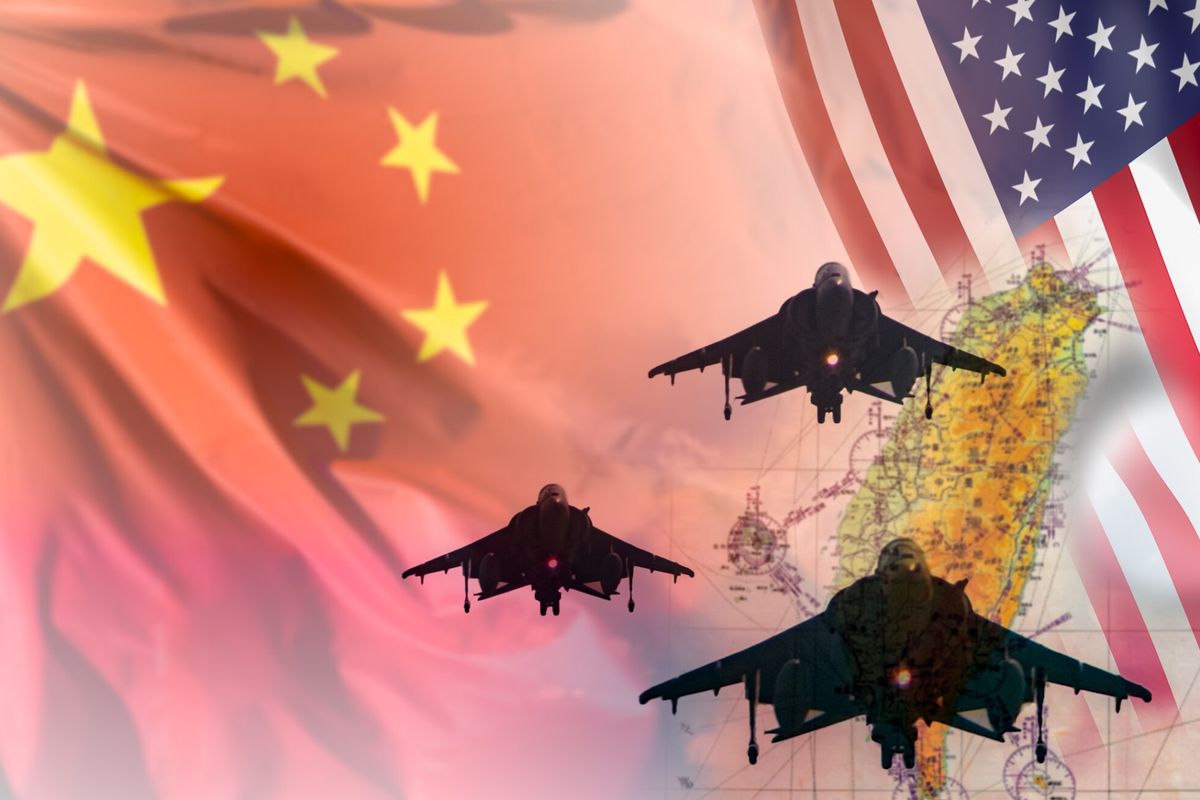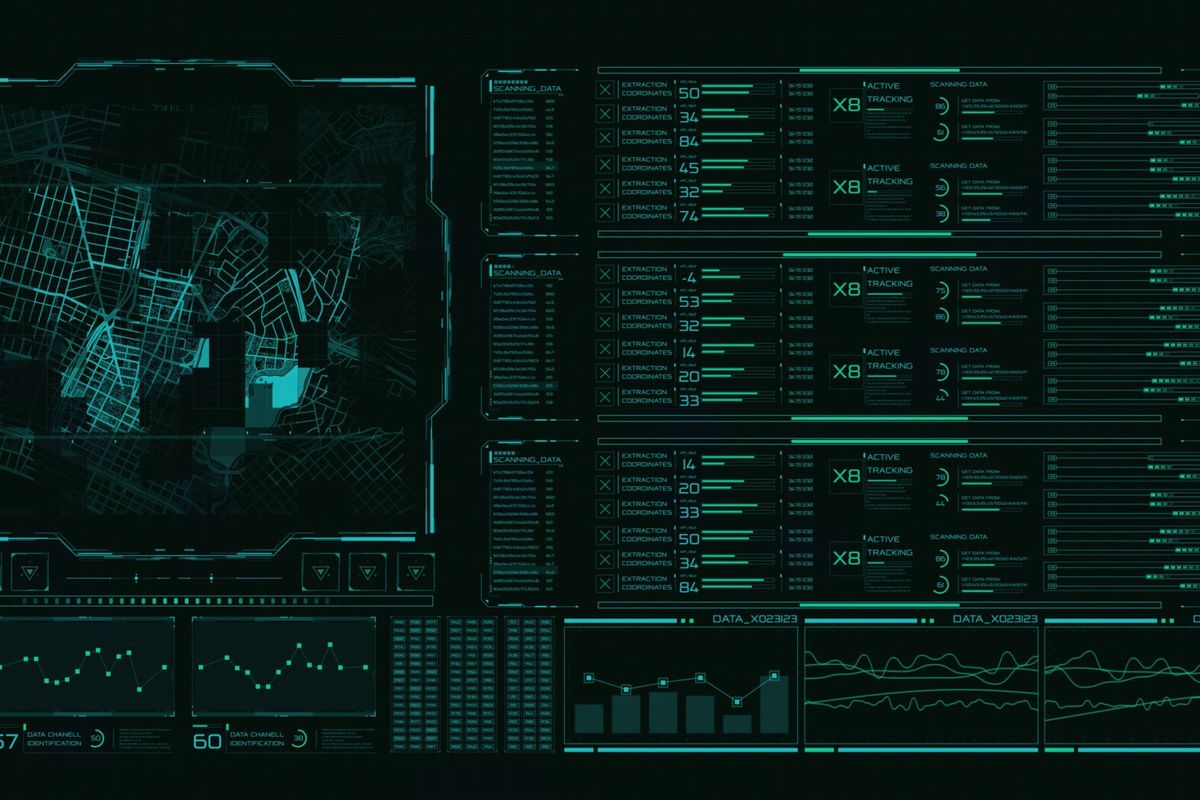The deluge known as Hurricane Florence has once again challenged the nation’s readiness to respond effectively to large-scale natural disasters in the homeland. Effective responses save lives and enhance national resiliency. They are an important deterrent to state and non-state actors, all of whom constantly evaluate whether there is space to make mischief and undermine public confidence in governing institutions during periods of response. Good response is good national security.
The federal government has a plan known as the National Response Framework for responding to catastrophes at home. The plan gives primacy to Governors to plan, resource and respond to events that take place in their States. States have multi-State compacts to pool resources as well. States can call up the National Guard in State Active Duty, under the command and control (and funding) of the Governor, to further bolster their capacity. When events overwhelm States, Governors request help from the federal government. Most often requests go to the Federal Emergency Management Agency (FEMA), although States can also request help from the Departments of Interior and Agriculture for wildfires, and the Department of Health and Human Services for pandemics.
What about DoD? We all see uniformed military personnel at the front-lines during large-scale response operations, but how does DoD get involved? It’s hardly ad hoc, but it’s often more fluid than popularly believed. Sometimes the process works as scripted; States go to FEMA for help from the federal government, FEMA determines the request to be valid and DoD as the right response provider. Requests from FEMA come to the civilians in the Office of the Secretary of Defense and to the Joint Staff, with U.S. Northern and Pacific Command, and the Commander of the National Guard Bureau fully informed throughout. Once formalized by the civilian staff and approved by the Secretary (decisions take place within hours of getting to the DoD), the Joint Staff selects the right personnel from the Total Force and the support operation is formally under way.
“Defense Support of Civil Authorities (DSCA) directly supports all 14 Emergency Support Functions of the National Response Framework through the critical and necessary use of DoD resources, capabilities and leadership to save lives and property during a disaster response or emergency,” says Thomas Atkin, former Acting Assistant Secretary of Homeland Defense and Global Security Affairs. “Practically, DSCA is about bringing the very best our Nation has to help families and communities when they are most in need.”
But the process in DoD has its own eccentricities and politics. More often than not, the formal process is side-stepped at predictable junctures. As with all things DoD, there is a comprehensive set of rules, policies, directives and instructions that govern who does what, when and under who’s command. The Department does not lose its primacy on never being late to need for life-saving and sustaining operations. Its record in support operations is outstanding. But peel the onion back and the system has warts, chain-of-command shortfalls and rivalries.
Dating back to Hurricane Katrina, the DoD dramatically reshaped its planning and authorities for supporting civilian authorities during domestic events. A new civilian Assistant Secretary for Homeland Defense was established after 9/11 to give weight and leadership both inside DoD and for engagement with external stakeholders. DoD tapped the then new U.S. Northern Command to be the focal point for this mission (except for Hawaii and U.S. territories in the Pacific which fall under the jurisdiction of U.S. Pacific Command).
Most importantly, the Secretary of Defense in 2012, elevated the priority of the mission when he deemed “appropriate defense support of civil authorities (DSCA) as one of the Department’s primary missions.” For DoD, mission primacy governs a vast set of downstream resource and access effects, so the Department’s decision to make this a core activity solidified the norm in the Armed Forces.
“Defense Support of Civil Authorities, or DSCA as it’s known, is a critical mission area for America’s armed forces,” says retired Lt. General Guy Swan. “Our military services possess world-class medical, logistical, transportation, and aviation capabilities. Many of these resources, while designed for success on the modern battlefield, can and should be applied, when needed, on behalf of the safety and security of our fellow citizens at home.”
There are numerous other directives, policies and laws that shape the military's role in conducting operations in support of civilian agencies at home. Some of them are the Insurrection Act, Homeland Security Act, Stafford Act, Economy Act and the Homeland Security Presidential Directive – 5. Each of these affect the way the military responds to a request for assistance from an interagency partner.
Beyond the formal rules are the informal dynamics that make response planning and operations interesting and challenging at DoD. First among the informal dynamics is when the President expresses urgency that the entire government be “all in” when the impacts are large enough in terms of damage and political pressure. Scenes of Americans in duress has a powerful impact on decision-making, sometimes even skewing it away from larger-impact response priorities. When this happens, the Secretary directs speed and expediency, even if that means DoD begins doing things that are best done by others. DoD was tasked with the movement of generators from the west coast to New York, New Jersey and Connecticut during Hurricane Sandy even though this was no faster and far more expensive than leaving it civilian authorities. The system tries to slow down actions that put DoD in front of civilian authorities to avoid putting a military face on response, but the urgency of action overtakes restraint and standing protocol. DoD is the nation’s most capable operating component and it is understandable that the President will turn to the Pentagon when events become complex and there is urgency to act.
The second informal dynamic is the understandable DoD desire to never be late to need. The Commander, U.S. Northern Command has the authority to deploy forces to the geographic proximity of events, even though the Commander cannot employ those forces without orders. The very placement of forces in the proximate location inevitability leads to Governors pressing the President to get those visible forces in the game, whether fiscally sound or the most appropriate for completing the mission. Civilian agency officials are sensitive to DoD “taking over the show” and frequently bristle when the military comes in too fast and too large.
The third predictable challenging dynamic is the unclear chain-of-command for uniformed forces supporting civilian operations in the homeland. Some forces operate under the command and control of the Commander, U.S. Northern Command. Soldiers at defense installations can provide immediate response help under the authority of the Military Services. The National Guard often operates under the command and control of the Governor (a State-federal compact to create dual status commanders for federal and State Active Duty forces addresses this in large part). FEMA has a direct tasking relationship with the U.S. Army Corps of Engineers that does not require prior approval by DoD before activation. This disjointed chain of command is fundamentally at odds with defense activities overseas where a clean line of supported/supporting authorities is sacrosanct.
“The homeland is the most complex command and control operating environment for our military,” says Swan.
Despite the known knowns of internal and external pressures during defense support of civilian authorities’ operations in the homeland, the assistance that DoD provides is large-scale, fast and often unique in capability. Some argue that civilian responders need to increase their operational capability and capacity to respond to larger-scale events, because the frequency and severity of natural catastrophes is accelerating. But this argument misses the point that there is vast military response capacity resident in the homeland at all times and it would be a poor use of tax payer dollars to not use this capacity in exigent circumstances, assuming it is not being diverted from war-fighting missions. The response work DoD does is excellent real-world training and deepens the bond between the small percentage of Americans that serve in uniform and the much large civilian population that does not. DoD help strengthens national resiliency during times of domestic events, and we are stronger for this partnership.







